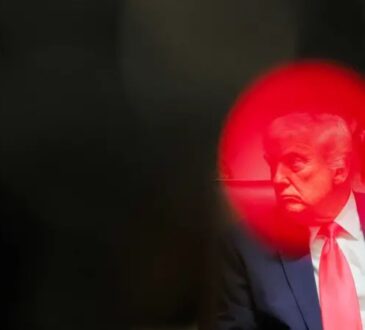
There was growing concern that Prime Minister Keir Starmer might be in trouble after more than 130 Labour MPs rebelled against his government’s plan to cut £5 billion from welfare spending. The controversial proposal would have reduced Personal Independence Payments (PIP) and Universal Credit for thousands of people in the UK. Many MPs were angry and feared the move would hurt the most vulnerable citizens. Some even warned that Starmer’s leadership could be at risk, with one senior MP saying, “the sharks are circling.”
In response to this pressure, Starmer and his team quickly decided to tone down the plan. They made three big changes to the bill in order to calm down the angry MPs. A spokesperson from Downing Street said they listened carefully to the concerns. The updated proposal will now keep the current benefits system in place for those already receiving support. Only new claims made after November 2026 will be subject to the stricter rules. The government said the revised plan still supports people who can work, protects those who can’t, and provides long-term stability to the benefits system.
Starmer insisted that the vote on this bill wasn’t a test of his leadership, but behind the scenes, many in his party were uneasy. Some MPs warned that if things continued the same way, it might lead to a leadership crisis or even trigger a General Election. One frontbench MP, Vicky Foxcroft, resigned from her role in protest, while others hinted they might follow.
If pressure had continued to build, there were several ways Starmer could have been forced out. First, internal pressure from Labour MPs and trade unions could have grown strong enough to push him aside. Second, Starmer himself might have chosen to resign—especially since in the past, he promised to step down if he was ever found guilty of wrongdoing, like during the Beergate investigation in 2022 (although he was cleared in that case). If he did resign, it would spark a new leadership contest.
Another possibility was that rival political parties could have called for a vote of no confidence in him. Although such a vote wouldn’t automatically remove him, it would seriously damage his position and reputation.
Looking ahead to the next general election, currently expected in 2029, things don’t look great for Starmer. A new poll by YouGov showed that Nigel Farage’s Reform Party is gaining massive support. If an election were held today, Reform would win the most seats, possibly replacing Labour as the main party. Labour could face its worst result in nearly 100 years.
Finally, Starmer could face a formal leadership challenge. According to Labour rules, 20% of Labour MPs—around 40 of them—would need to back a different candidate. If that happened, a leadership election would take place, where Labour members and affiliated unions would vote. Another route is for Labour’s National Executive Committee to declare a leadership vacancy, which would also force Starmer to fight to keep his job. If he lost, someone else would take over as party leader.
For now, the immediate crisis has been avoided, but the situation has shown how fragile Starmer’s position might be if more major disagreements arise within his party.




